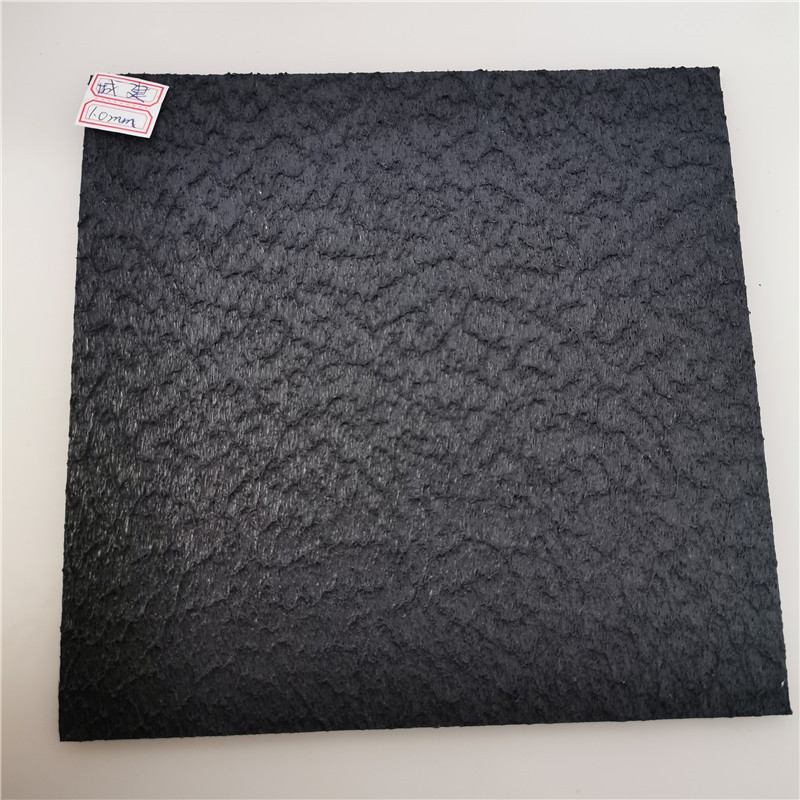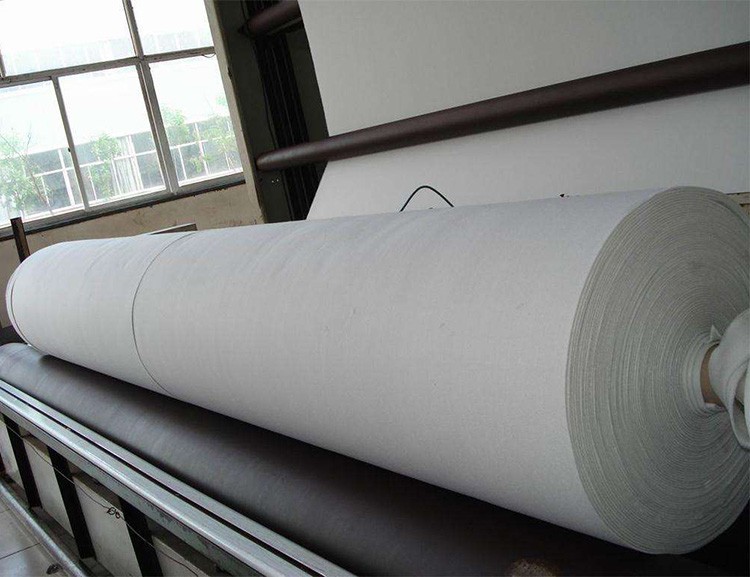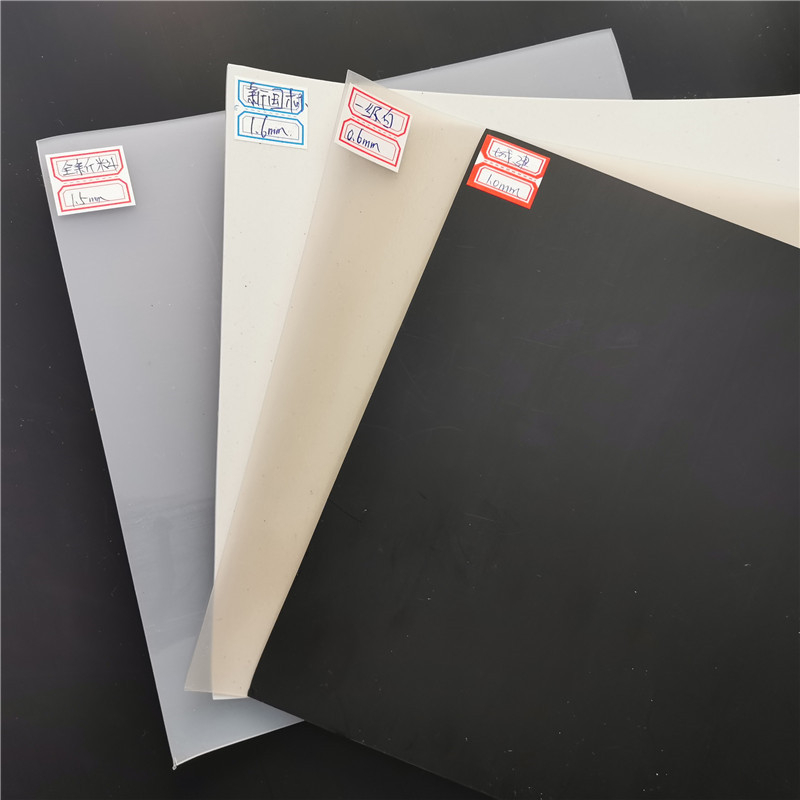
产品介绍:

Product Introduction of Rough Surface Waterproof Board
Rough surface waterproof board is also known as geomembrane. Conventionally, geomembranes with a thickness of ≥0.8mm
are called waterproof boards, and those with a thickness of 0.8mm are called geomembranes. It is a kind of anti-seepage material
made of high molecular polymers as the basic raw material, and is divided into homogeneous waterproof boards and composite
waterproof boards.
Performance features
Excellent anti-seepage performance; High barrier property; High puncture resistance; Resistant to acids, alkalis and many chemical
substances; Excellent elongation and wear resistance; Good dimensional stability; Good adhesion; It is convenient for construction.
Strength - Under the same gram weight specification, the tensile strength in all directions is higher than that of other needle-punched
non-woven fabrics.
Uv resistance - It has a very high UV resistance.
High-temperature resistance - maintaining structural integrity and original physical properties at high temperatures.
Permeability and planar drainage - The waterproof board is relatively thick and formed by needle-punching, featuring excellent planar
drainage and vertical water permeability, which can be maintained for many years.
Creep resistance - The creep resistance of the waterproof board is superior to that of other geotextiles, thus ensuring good long-term
performance. It can resist the erosion of common chemical substances in soil as well as the corrosion of gasoline, diesel and other substances.
Ductility - The waterproof board has a good elongation rate under a certain stress, which enables it to adapt to uneven and irregular
base surfaces.
Function and application
Urban waste landfill, coal ash dam treatment, roads, railways, drainage projects, water conservancy, tunnels, anti-seepage of embankments,
DAMS and gates, anti-seepage of liquid storage reservoirs, water, oil and liquid transportation channels, anti-seepage of solid waste storagesites,
roof anti-seepage, moisture-proofing of basements, underground warehouses and underground garages of buildings, pile membrane cofferdams,
land reclamation from the sea, wharf projects, etc.





